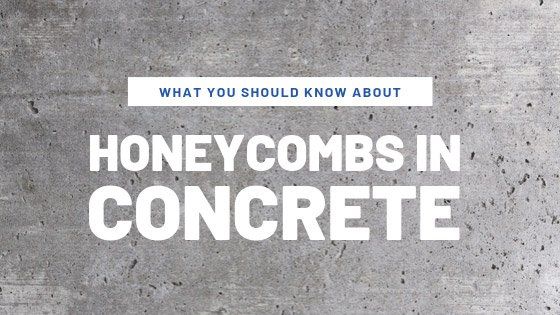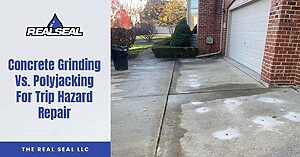What are those unsightly voids in my foundation, you ask? They could be honeycombs. Before you entirely rule out honeycombs as the cause behind the weird and stony formations in your foundation, you should consult with the experts. We created a quick guide to concrete honeycombing, so you can better familiarize yourself with this interesting type of foundation damage.
What Is Honeycombing?
Of course, to form your foundation, you must pour concrete into the formwork. However, a few different mistakes can affect how it sets, and one of them is the concrete’s consistency. If the concrete is too stiff, it may not be able to reach all the places in the formwork. Honeycombing also happens when contractors attempt to compact the concrete to remove air bubbles and, instead, insufficiently vibrate it. They may leave noticeable cavities.
Another reason why your concrete could develop honeycombs is if the contractor didn’t properly mix the cement. When it comes to creating a strong foundation, a correct water-to-cement ratio is very important. If the ratio isn’t right, the aggregates and water will separate, resulting in a weak structure. Finally, improper reinforcement placement causes honeycombs. Contractors must provide enough support to the foundation, and they should also place the steel bars in a specific position. Otherwise, if contractors don’t cover them properly, moisture will pass through the concrete and cause the bars to corrode and rust.
Why Is It Called Honeycombing?
The rough, unappealing blemishes on your foundation are called honeycombs because they typically resemble honeybee nests. These formations sit on the outside of your foundation, usually along its sides and bottom.






